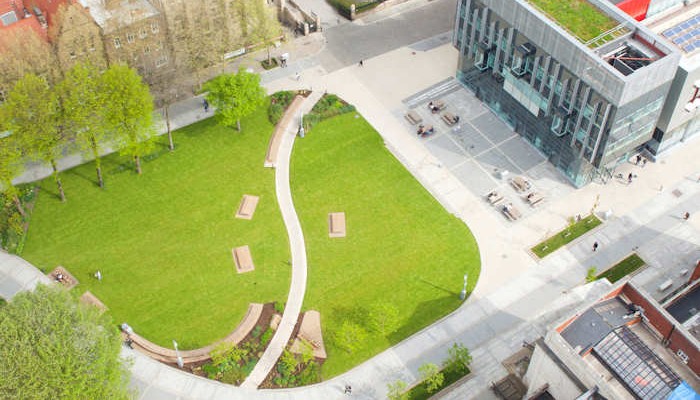Manchester leads on £2.5 million ecosystem services project
A new £2.5 million Maximising Ecosystem Services in Urban Environments (MEaSURE) project, led by The University of Manchester, will determine how green space in urban and peri-urban environments can be managed to enhance ecosystem services.
This will include carbon capture, biodiversity and greenhouse gas mitigation, and minimising potentially harmful ecosystem disservices, such as the risk from Lyme disease and other pathogens.
The MEaSURE project is a multidisciplinary programme of research that brings together the Universities of Manchester, Glasgow and Salford, and will transform the way in which plant diversity is managed and manipulated to maximise beneficial ecosystem services.
MEaSURE focuses on understanding the value of plant diversity for ecosystem services in urban environments across the UK, and focuses on multiple scales, from individual 'patches' of green infrastructure to interconnected patches in a city region (such as Greater Manchester).
It will integrate knowledge of biodiversity-ecosystem service relationships into urban planning tools to enhance the quality of urban environments, and make them more resilient to climate change.
Professor David Johnson of The University of Manchester said: "Enhancing biodiversity is known to positively affect the way ecosystems function, but this knowledge has not been fully exploited in urban environments.
"MEaSURE is unique in bringing together a multidisciplinary team of scientists to integrate knowledge of how biodiversity can enhance ecosystem services into mainstream urban planning tools.
"We will work across the UK but have a focus on the Greater Manchester city region to help develop a sustainable and resilient approach to urban greenspace planning."
Professor Lucy Gilbert, the University of Glasgow, added: "This is a unique opportunity for University of Glasgow scientists to contribute their expertise on potential ecosystem disservices, such as tick-borne diseases, into urban greenspace planning tools."


